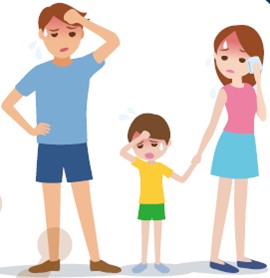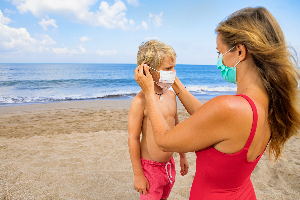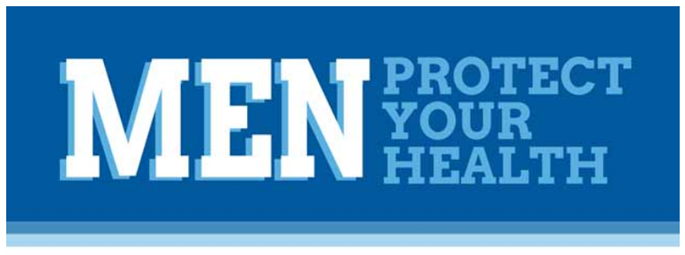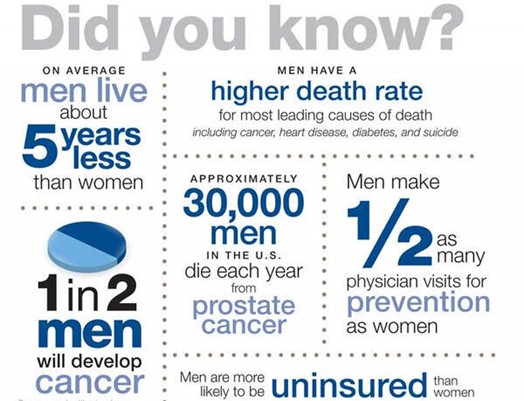As the World Health Organization (WHO) points out, migraine and headache disorders are some of “the most common disorders of the nervous system.”
Although a migraine or headache can be defined as having pain “in any region of the head,” the cause, duration, and intensity of this pain can vary according to the type of headache.
The most common primary headaches
Primary headaches can occur when the pain in your head is the condition. In other words, your headache isn’t being triggered by something that your body is dealing with, like illness or allergies.
These headaches can be episodic or chronic:
- Episodic headaches may occur every so often or even just once in a while. They can last anywhere from half an hour to several hours.
- Chronic headaches are more consistent. They occur most days out of the month and can last for days at a time. In these cases, a pain management plan is necessary.
Tension headaches occur if you feel a dull, aching sensation all over your head. It isn’t throbbing. Tenderness or sensitivity around your neck, forehead, scalp, or shoulder muscles also might occur. Anyone can get a tension headache, and they’re often triggered by stress.
If you are getting headaches more than 15 days out of the month over a period of three months, you might have a chronic headache condition. You should see your doctor to find out what’s wrong, even if you’re able to manage the pain with aspirin or ibuprofen.
Headaches can be a symptom of more serious health conditions, and some do require treatment beyond OTC medications and home remedies.
Your Health Matters!
Contact The Benefits Store today for your Health insurance needs! Call (800)446-2663 or visit www.BenefitsStore.com.
Provided by BENEFITS STORE INSURANCE SERVICES, Inc.
 The Benefits Store
The Benefits Store The Benefits Store
The Benefits Store 







Blog Home Page
Categories